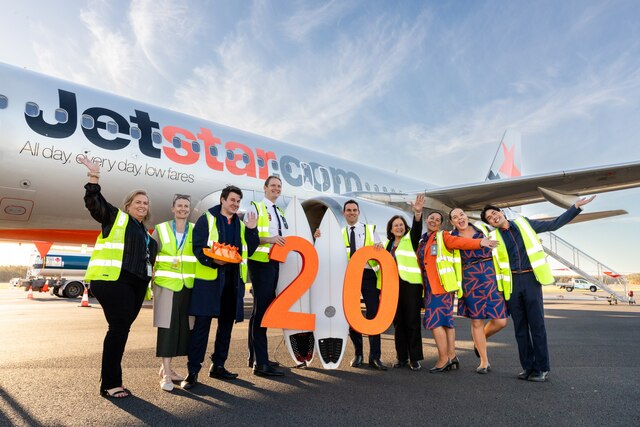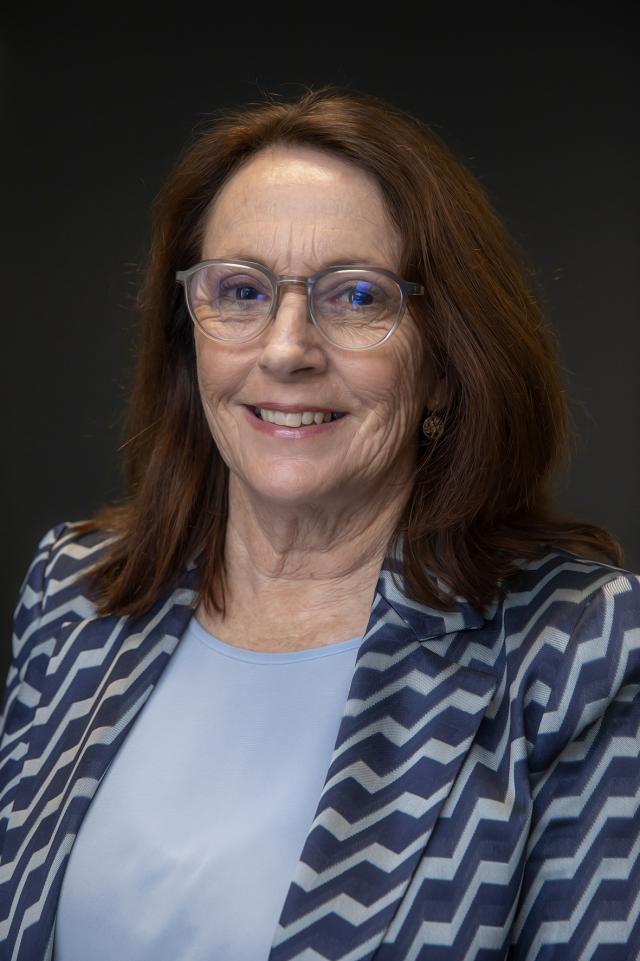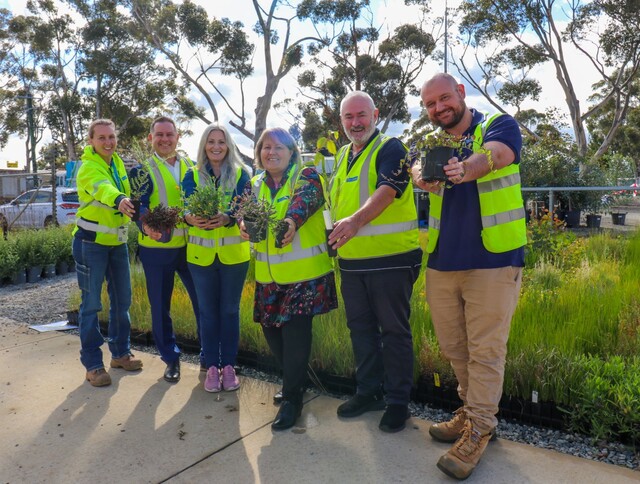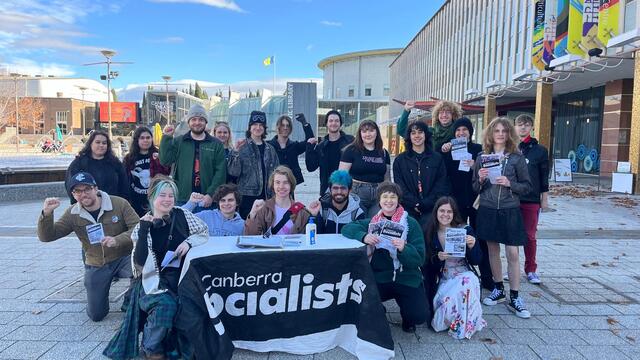An interview with Joel Johnson, Manager Trees, Parks and Aquatic Facilities, City of Sydney, New South Wales
With a background in landscape architecture and an 18 year Local Government career, Joel Johnson is well qualified to talk about trends in leisure, parks and gardens.
As Manager Trees, Parks and Aquatic Facilities at the City of Sydney, Joel oversees some 420 parks and open spaces, five aquatic facilities and the maintenance of more than 50,000 trees. He said the challenge for Sydney and other urban centres is providing quality parks and open space environments.
“Sydney has a low ratio of open space per resident,” he said. “As the popularity of inner city living grows, so does the need to provide more quality open space for leisure and recreation, as well as organised sports. In our case, this extra space is hard to come by and expensive, so it is important to make the most of what space we already have. Our aim is to present what we have to the highest standard possible and maximise the availability of our parks and open spaces.”
As well as Council’s 160,000 residents, some 365,000 workers and 475,000 visitors use Sydney’s parks every day. Council has improved its service standards to what it considers to be best practice and is putting much money into upgrades and maintenance to ensure the longevity of heritage parks and tree plantings.
Joel Johnson said Council is also maximising connectivity between existing parks and recreation areas.
“We are linking what we have to make it better and more accessible,” he said. “For example, we are currently developing the Glebe Foreshore Walk, which is a two and a half kilometre recreation walk linking two of Council’s well used major parks – Wentworth and Bicentennial Parks. Not only does the walk provide spectacular harbour views, but it provides a great exercise route and variety for regular users.”
Joel identified lack of water as another challenge.
“Previously, Councils were reliant on irrigation systems to maintain and support our parks and gardens, particularly sports fields,” he said. “With water restrictions now in place, we have been forced to identify alternative water supplies and more efficient means of maintaining our sporting fields and parks.
“This issue will continue well into the future and it is important that we now look at not only water alternatives, but retention methods as well. The City of Sydney is currently looking at improving soil condition and structure to increase its retention levels or holding capacity. We have implemented stormwater capture systems and sub surface trickle irrigation for all our new parks and gardens and in any upgrades we are carrying out. We are also drought proofing our new parks and gardens by incorporating drought tolerant plant and turf species in our designs.
“Through these simple measures, we have reduced our water use by approximately 20 to 30 per cent. In coming months, we will have a more accurate measure as a result of data loggers that we are in the process of installing. The data provided will allow us to better manage our resources.”
Joel said it is crucial to maintain regular communication with residents while undertaking works.
“We use a wide range of media, including our website, monthly newsletter, local newspapers, community meetings and forums,” Joel Johnson said. “We are also producing detailed plans of management and master plans to provide our residents with a clear image of what we are setting out to achieve.
“Talking to the community face to face is crucial, as it allows Council to gain important feedback and address any issues residents may have with work we are doing.”







